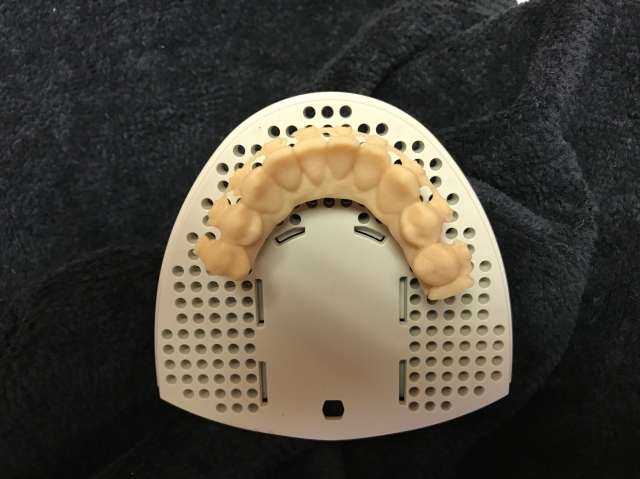When Virtual Impressions Beat Physical Impressions, Hands Down
By John Carson on August 2, 2017 | 1 commentI’ll admit it! I love technology! Anyone who knows me will confirm this! That being said, I also believe that sometimes old-school trumps technology.
One reason I love technology for sure is the fact that my CEREC allows me to scan my patients’ teeth and create restorations without having to take a physical impression, all while getting my patients into their definitive restoration in one appointment without the need or hassle of temporaries.
That being said, I do not use my CEREC on every case and I still rely on my ceramist and old-school physical models for many cases. Along this line, I will also admit there is something about holding and “reading” an old-school stone model that is just not the same when I look at a computer screen or model generated from a scan.
I get that not everyone, especially the younger generation that is coming into the profession, has this issue with the “reading” of models on a screen or physical models generated from scan. Honestly, I think stone models will go away with time as they get better and better and those of us who are more used to “old-school” stone models get more used to “reading” them.
So where does generating models from a scan or virtual impression clearly beat pouring stone models from physical impressions, even if you love your stone models? One clear instance is in patients in orthodontics for which you need models during treatment.
Think about it, have you EVER been able to get a really good physical impression on a patient in traditional bracket and wire orthodontics? You know the answer is a resounding no. It is just impossible due to the brackets and wires. Sure, you can take the wires out and take a physical impression with just the brackets on, but those brackets are still going to tear your impression material, leaving you with a less than ideal model. You know no one wants the hassle of taking the brackets off just to put them back on unless they absolutely have to.
Enter the virtual impression. Since you are taking pictures or video images and then generating a virtual model from which you can have a physical model made, there is nothing to tear! Look at the model in Fig 1 and Fig 2 below.


As you can see, we got an accurate model of the teeth, brackets and even the wires! Tell me how you are ever going to get an impression like that with a physical impression with the brackets and wires still on. If you are saying “yeah, but you only got some of the arch,” know that I did that on purpose in this case. We could have scanned and then generated a model of the entire arch had we needed and/or wanted one.
The catch of course is you need a system to take virtual or digital impressions. Perhaps the two most popular are iTero and CEREC. The good news is, if you are a restorative office with a CEREC, you can do this through Sirona-Connect. You simply scan the patient, upload the file to your lab and they order the model through their software.
Another option (and more and more options are coming), is iTero. I can’t say I am super familiar with the iTero process, as I have not had to use it since I have a CEREC, but I can say that several orthodontists have it in my area and I know it is an option for generating models like this.
If you are asking why I would want models like this during orthodontic treatment, the answer is to complete a diagnostic wax-up for bonding mid-ortho. For more on that, you can head here or here.
(Click this link for more dentistry articles by Dr. John Carson.)
John R. Carson, D.D.S., P.C., Spear Visiting Faculty and Contributing Author - www.johncarsondds.com
Comments
September 26th, 2017